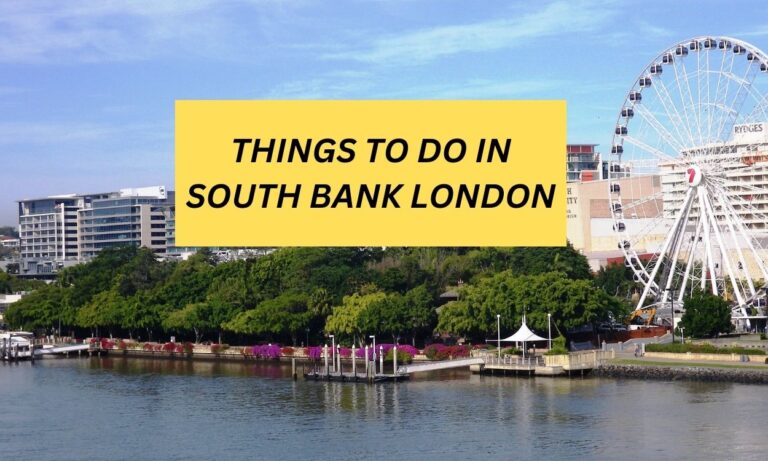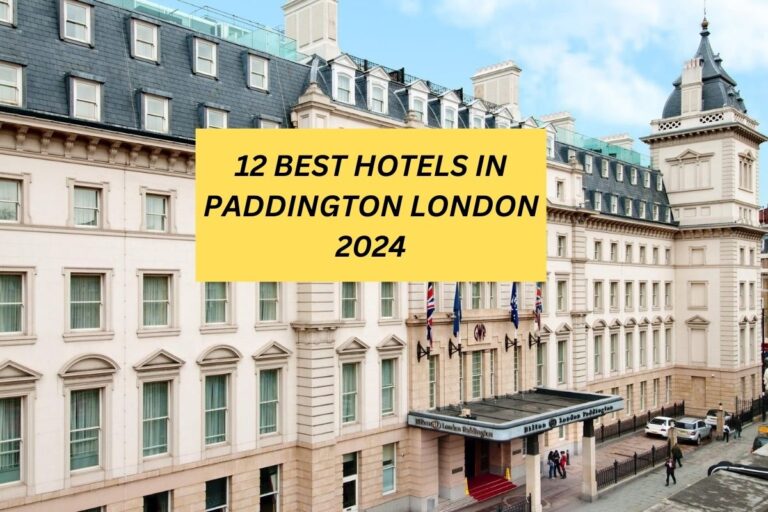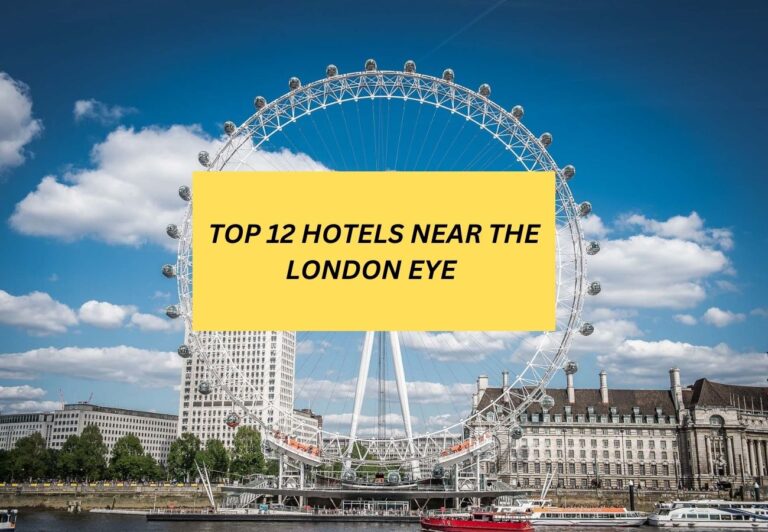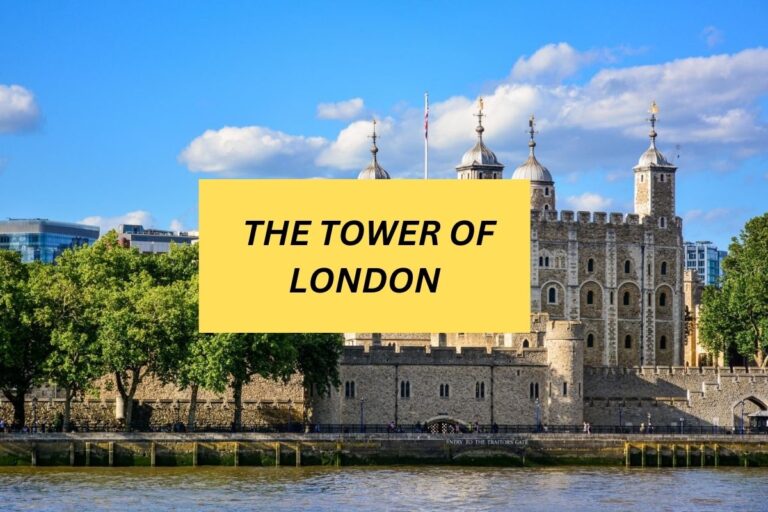WINDSOR CASTLE / HISTORY AND FACTS
Windsor Castle, one of the most iconic and historic royal residences in the world, has stood the test of time for over 900 years. Located in Berkshire, England, this majestic fortress has served as a royal palace, a military stronghold, and a symbol of British heritage and culture. With its imposing towers, grand state apartments, and picturesque surroundings, it has been a favorite weekend getaway for the British royal family, particularly Queen Elizabeth II, and a must visit destination for tourists from around the globe.
OVERVIEW OF WINDSOR CASTLE’S HISTORY AND SIGNIFICANCE.
Windsor Castle, the largest and oldest occupied castle in the world, holds a rich history that dates back over 1,000 years. Originally built by William the Conqueror in the 11th century as a fortress to guard against potential invaders, it has served as a royal residence for British monarchs ever since. The castle’s iconic Round Tower and stunning State Apartments showcase centuries of architectural and artistic evolution, making it a tangible testament to England’s royal heritage.
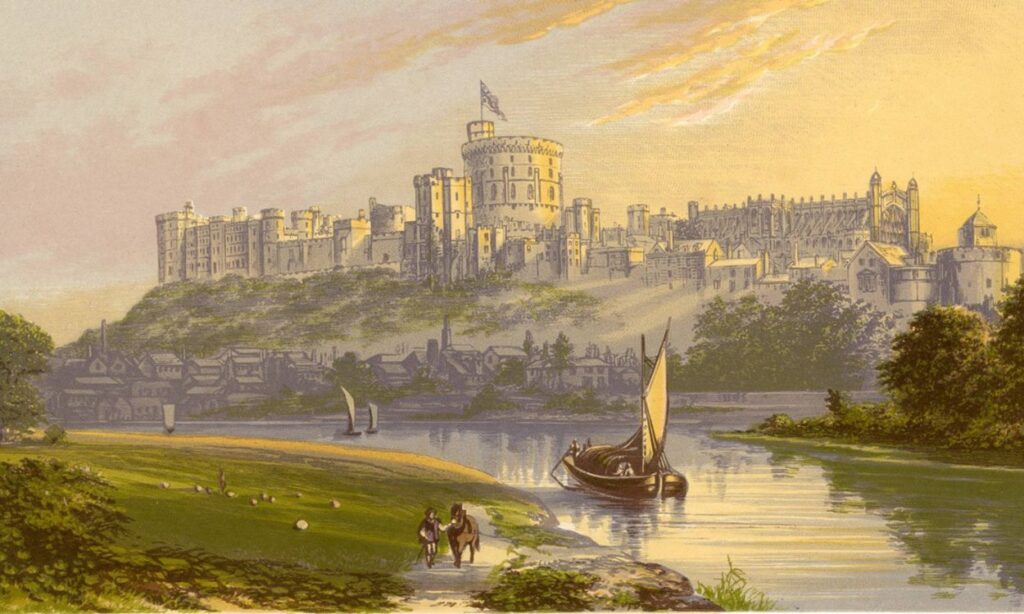
Beyond its historical significance, it plays an integral role in modern British monarchy. With Queen Elizabeth II frequently using the castle for both official functions and private retreats, Windsor remains an important symbol of continuity and tradition within the royal family.
HISTORY: EVOLUTION FROM A FORTRESS TO A ROYAL RESIDENCE
The transformation of a fortress into a royal residence represents the dynamic evolution of power and architecture throughout history. Initially built for defensive purposes, fortresses were often constructed on strategic locations to protect rulers from enemy invasions. Over time, as kingdoms expanded and stabilized, these fortresses evolved into grand palaces that symbolized the wealth and authority of the ruling elite.
The transition from fortress to royal residence also reflects changes in societal values and aesthetics. Where once imposing walls and battlements were necessary for protection, royal residences began to emphasize opulence and luxury. Intricate designs, lavish decorations, and sprawling gardens became symbols of status for monarchs seeking to display their wealth and power to both subjects and foreign visitors.
The evolution from fortress to royal residence not only highlights shifts in architectural styles but also mirrors broader historical trends such as the consolidation of power within centralized governments. By repurposing fortresses into elaborate palaces, rulers were able to assert their dominance over conquered territories while also showcasing their cultural sophistication and refinement.
ARCHITECTURE: GOTHIC, GEORGIAN, AND VICTORIAN STYLES SHOWCASED.
It stands as a magnificent example of the blending of Gothic, Georgian, and Victorian architectural styles. The Gothic elements can be seen in the soaring spires and pointed arches that adorn the castle’s exterior, evoking a sense of grandeur and mystery. Moving inside, the ornate woodwork and intricate stonework showcase the attention to detail characteristic of the Georgian era, adding a touch of elegance to every room.
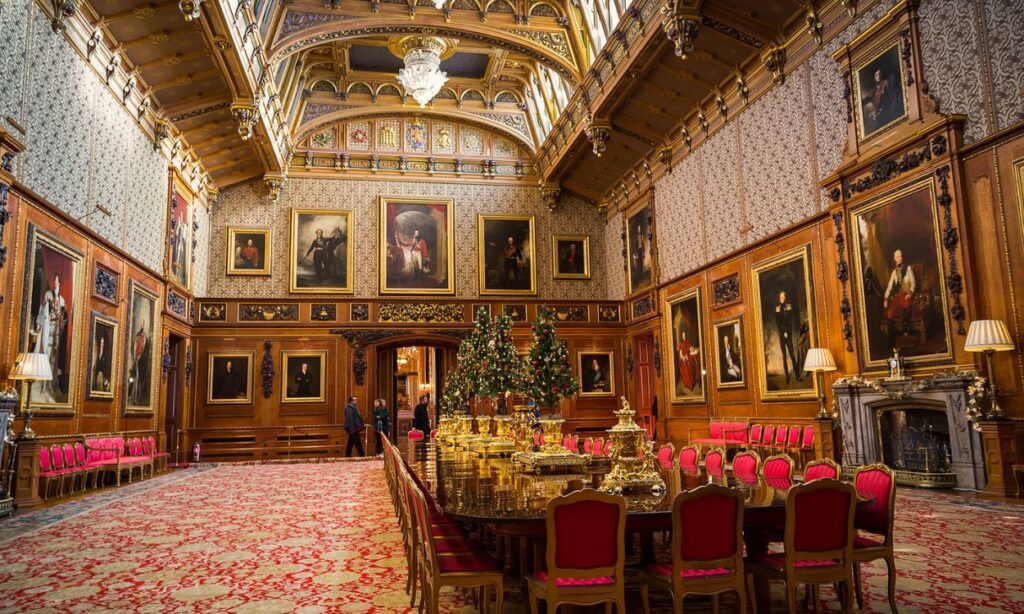
The Victorian influence is evident in the carefully curated decor that mixes opulent textiles with delicate floral motifs, creating a space that feels both cozy and regal. As you wander through the halls of Windsor Castle, each turn reveals a new architectural wonder that seamlessly integrates these three distinct styles into a harmonious whole.
ROYAL RESIDENCE: CURRENT USE BY THE BRITISH MONARCHY.
It is oldest and largest occupied castle in the world, serves as a private residence for the British monarchy. Apart from its historical significance and architectural beauty, it plays a pivotal role in hosting state visits, ceremonial events, and official engagements. The Queen often retreats to this majestic fortress for weekends away from Buckingham Palace.

The royal family utilizes it not just as a residence but also as a place of work. It houses numerous offices where staff coordinate the monarch’s official duties and manage her extensive correspondence. It’s expansive grounds provide an idyllic setting for private family gatherings and celebrations. This blending of tradition with practicality showcases how it continues to serve as both a symbolic and functional hub for the British monarchy.
STATE APARTMENTS: LAVISH ROOMS OPEN TO THE PUBLIC.
It’s State Apartments stand as a proud testament to regal opulence, showcasing an array of lavishly decorated rooms open to the public. These exquisite chambers serve as a window into centuries of royal history and grandeur, offering visitors a glimpse into the lives of monarchs past. The intricate tapestries, ornate furnishings, and magnificent artworks adorning the walls transport guests back in time to experience the luxury once reserved for kings and queens.
Each room within It’s Windsor Castles’ State Apartments tells a unique story, reflecting different periods of architectural style and artistic influence. From the sumptuous Crimson Drawing Room with its gilded detailing to the majestic Grand Reception Room where state banquets are held, every space exudes an aura of magnificence fit for royalty.

The State Apartments not only showcase unparalleled beauty but also serve as a living monument to a bygone era of aristocratic splendor. Stepping into these lavish rooms is like stepping back in time, allowing modern day guests to immerse themselves in the majesty and sophistication that defined royal life centuries ago.
ST. GEORGE’S CHAPEL: INTRICATE MEDIEVAL ARCHITECTURE AND TOMBS.
St. George’s Chapel stands as a remarkable example of intricate medieval architecture. The chapel’s intricate stonework and towering spires leave visitors in awe of the craftsmanship and artistry from centuries past. Each delicate detail on the facade tells a story of the rich history encapsulated within its walls.

As you wander through this sacred space, take notice of the elaborate tombs that pay homage to generations of British royalty. The grandeur of these final resting places reflects the significance accorded to St. George’s Chapel as a place entwined with both spiritual reverence and historical legacy. It is here that monarchs have been coronated, weddings celebrated, and moments of both joy and sorrow recorded for posterity.
CONCLUSION: WINDSOR CASTLE’S ENDURING LEGACY AND ATTRACTION.
It’s enduring legacy and attraction lie in its rich history, architectural beauty, and royal significance. As one of the oldest and largest inhabited castles in the world, Windsor Castle has witnessed centuries of royal events and remains a symbol of British monarchy. Its stunning Gothic architecture, sprawling grounds, and opulent State Apartments continue to draw visitors from around the globe.
What is a famous fact about Windsor Castle?
It’s the longest-occupied palace in Europe
Construction started under William the Conqueror, who built it as a fortress, but it has been used as a royal residence since the reign of Henry I. Henry VIII used it as a giant pleasure dome, enjoying shooting, dancing, wrestling, and playing tennis on its grounds.
What is the history of the Windsor Castle?
William the Conqueror chose the site for Windsor Castle, high above the River Thames and on the edge of a Saxon hunting ground. He began building at Windsor around 1070, and 16 years later the Castle was complete. The Castle was originally constructed to guard the western approach to London.
Who lived in Windsor Castle before Queen Elizabeth?
Henry I, Henry II, Henry III & Edward III
The first king to use Windsor Castle as a residence was Henry I. Henry’s marriage to Adela, the daughter of Godfrey of Louvain, took place in the Castle in 1121. The first Plantagenet king, Henry II, lived at Windsor and built extensively there between 1165 and 1179.
Is Windsor Castle older than Buckingham Palace?
Windsor Castle is the older of the two it’s been around for over 900 years! William the Conqueror, who invaded England way back in 1066, built it in 1070.
What happened at Windsor Castle?
On 20 November 1992, Windsor Castle, the largest inhabited castle in Europe and one of the official residences of Queen Elizabeth II, suffered extensive damage in a huge fire.
Who lives in Windsor Castle today?
Today, the Duke and Duchess of Edinburgh, Lady Louise Windsor and James, Earl of Wessex, live at the 120-room mega mansion with their children. The Grade II–listed building is estimated to be worth around $38 million, should it be listed on the open market.
How much is Windsor Castle worth?
It was Edward III, in approximately 1350, who transformed it from a fort into a Gothic palace, a transformation that cost around £50,000, the equivalent of £60.7 million in today’s money. The current estimated market value of Windsor Castle is £497.5 million, an increase of 719% between 1350 and 2021.



